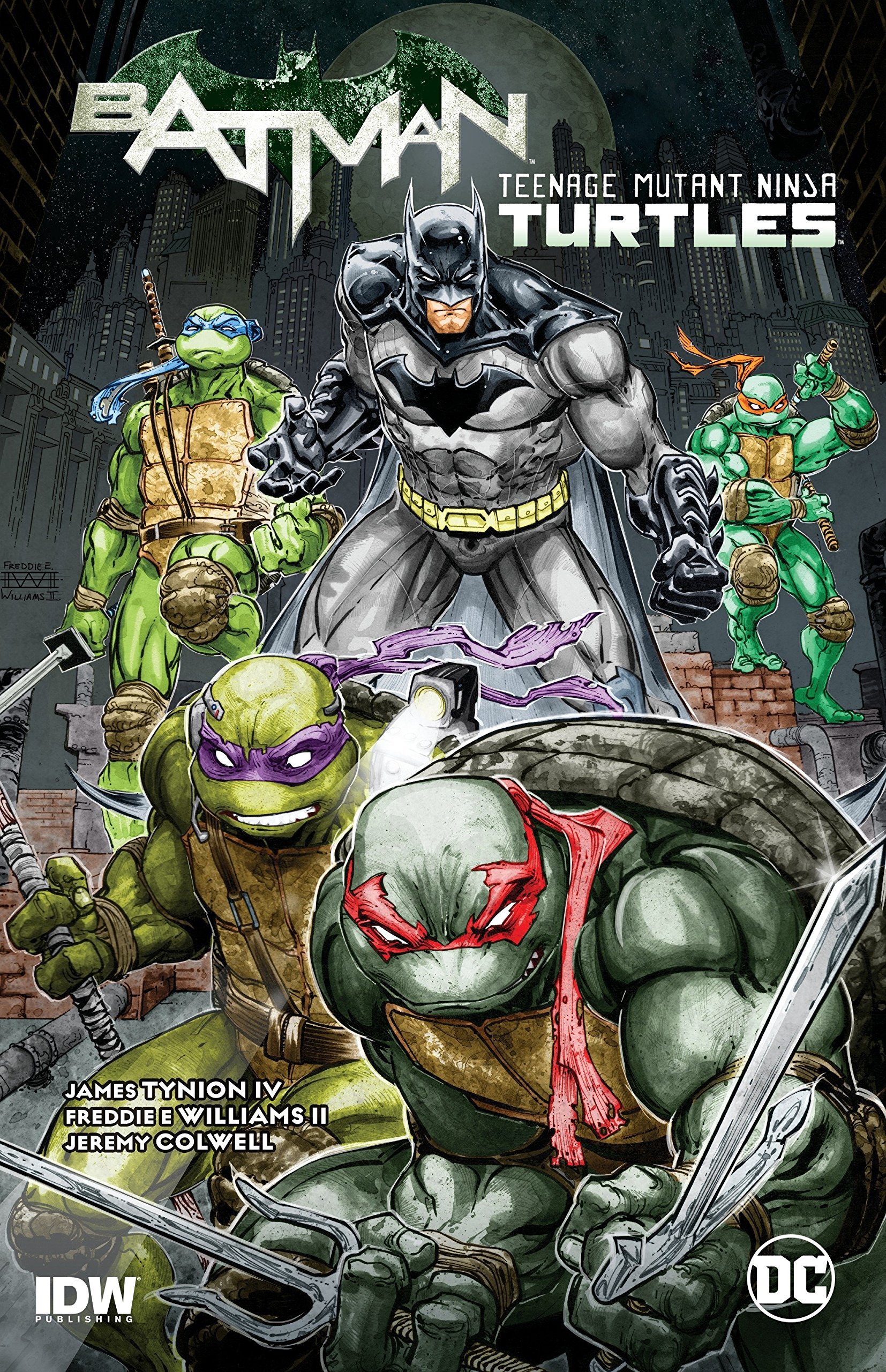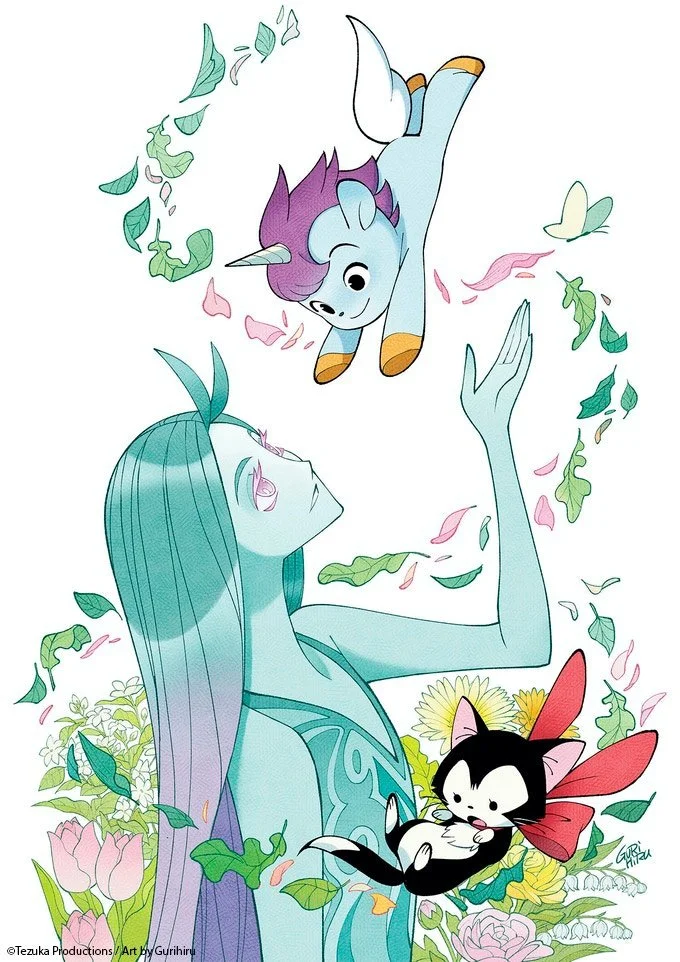The Man Without Fear...By The Year: Daredevil Comics in 1990
By Bruno Savill De Jong — It’s 1990. Nelson Mandela is released from prison, Panama surrenders to an invading United States, Tim Berner-Lees makes a formal proposal for the World Wide Web, and David Dinkins becomes New York City’s first Black mayor. People are listening to “Vogue,” watching Home Alone and reading Daredevil.
Written by Ann Nocenti
Illustrated by Rick Leonari (277), John Romita Jr. (278-282), Mark Bagley (283), Lee Weeks (284-285, 287), Greg Capullo (286)
Inks by Al Williamson, (277-285, 287) Tom Morgan (283), Doug Hazlewood (286)
Colors by Max Scheele (277-281, 283-287), Gregory Wright (282), Richard Rasche (283)
Lettered by Joe Rosen (277-279), Jack Morelli (280-281, 284-287), Rick Parker (282), Clem Robins (283)
Angels with wings, and Devils with horns. This imagery sticks with Daredevil during 1990, a strange year that has Ann Nocenti pull Matt Murdock through escalating metaphysical challenges until his mind (finally) gives out. For most of the ‘80s, Daredevil has struggled with the blurring lines of morality, and Nocenti closes the decade by bringing Daredevil and his newly formed group in literal “hell” crafted by Mephisto and his new spawn Blackheart. These decompressed, aimless and surreal issues confront Daredevil with the very purpose of his existence so that, after he escapes, his identity entirely fades away in a fit of amnesia. His brain can no longer handle the paradoxes. After all, Matt claims to fight on the side of Angels, yet works dressed up as the Devil.
Blackheart debuted last year in (the eponymous) “Blackheart!” (Daredevil #270), conjured as much from mankind’s compounded sins as Mephisto’s own creation. Mephisto teaches Blackheart the complexities of evil, how simply misery pales in comparison to tempting heroes and nursing small sparks of sin into flames. Such themes are even relevant to “Of Crown and Horns” (Daredevil #277) – a fill-in issue when John Romita Jr. was busy, set before Daredevil left New York – wherein a psychologist overprotects and exploits his wife’s mental condition to take credit for a research paper. His worst instincts take over their marriage, until Matt manages to intervene.
Similarly, Blackheart pushes our team into their worst instincts, sowing rivalry between Brandy and the genetically-engineered “Number Nine,” or jealousy between Karnak and Gorgon of the Inhumans. Although when Blackheart fails to tempt them, given their heroic defense of a strange ostracized orphan who turns out to be Black Bolt’s missing son, Mephisto “cheats” by opening the Earth and swallowing them into personalized limbos, determined to prove their imperfection.
Such limbos are heavily inspired by the endless, absurd journeys of French existentialism. Gorgon and Karnak are left, naked, in an opulent and well-stocked mansion with a seductive Nephalem (half-demon, half-angel), an implied horde behind the doorways marked “No Exit.” Brandy and Black Bolt’s son (called “The Pope” here) are stuck climbing an endless chasm. Number Nine finds herself in “billboard heaven,” surrounded by immaculate angelic creatures. And Daredevil himself is trapped in an empty void slowly filled with demons, fighting them off in waves of endless violence.
These issues are bewildering, the tone shifting from overwrought meditation on morality to cheeky satire on modern magazines. The exact meaning of these personal trials appears undefined, many of the characters lacking cathartic resolution to them. Yet a common thread might be challenging conventional wisdom. Number Nine must shed her “beauty standards,” Karnak and Gorgon must reject the isolation of hoarded splendour and Brandy and the Pope reach the conclusion that “we’re all rotten inside… we have a shadow inside us, but that’s the test.”
In this sense, Mephisto’s challenges are a false test. They are not purely heroic, but this does make them automatically evil. Mephisto tyrannically lays claim to any “impure” souls, but Blackheart seemingly realises humanity is stronger and more complex than even this grand demon (whom JRJR renders menacingly huge) understands. As Daredevil triumphantly states to Mephisto, “humans know they are both good and evil at the same time. We accept that paradox! That’s why we’re free.”
However, this comes off the back of another epiphany from Daredevil. While fighting the endless horde, Matt thinks “what if I just stopped?... If you stop fighting, isn’t the fight over?” On one level, this bold approach rejects the circular violence Daredevil often finds himself trapped inside. It also justifies the ‘deus ex machina’ of the Silver Surfer, a cosmic god, descending from the heavens to battle Mephisto and allowing Daredevil and his group to simply walk away from Hell. But on the other hand, perhaps Matt’s new approach is simply admitting defeat. When Matt returns to New York an issue later, this same pacifist philosophy leaves Daredevil attacked and beaten on the streets.
Before this moment, Daredevil was already steadily losing his grip on reality. He thinks about how his recent trip to Hell was “so bizarre I must have dreamt it all,” and soon his entire life becomes a bizarre nightmare that he is just waking up from, leaving Matt wandering around as an amnesiac “Jack Murdock” who quickly becomes a boxer. Funnily enough, this exact scenario played in the pre-Frank Miller 1980’s "Requiem for a Pug!" (Daredevil #162). But in that issue, Daredevil gains amnesia and follows his father’s footsteps due to Silver Age radioactive exposure. Now, Matt’s amnesia is more insidious and subtle, slowly evaporating across the issue as his mind breaks from his recent trip.
Daredevil has been uncertain about himself since his life was destroyed during Inferno (maybe even before that), and only one issue earlier Captain America, questioning his own allegiance to America, asked him “why do you wear a Devil suit? What do you stand for?” It looks like Matt’s sacrilegious existence has finally become too much for his mind, an illusionary lifestyle that has been wiped into a blank slate.
Despite the more fundamentalism approach to “evil” this year, Nocenti still peppers in her overt political commentary. Captain America doubts his patriotism due to an American immigrant – commenting how all Americans are immigrants – creating an eco-friendly flying car, and subsequently being harassed by government agents for disrupting the oil and automotive industry. Cap bitterly intones how “all we did was replace king and crown with the royal aristocracy of the corporate elite,” while also being disgusted by the contemporary “War on Drugs” and US invasion of Panama. Nocenti does not hold back her specific critiques of American foreign policy.
Nor does Nocenti shy away from evergreen domestic US issues, like racial tension and wealthy disparity. “Jack Murdock” befriends a young man named Marcus, who comments how a “black man walking at night always gets hassled by cops.” Marcus’ father is an African-American judge who is harassed by white supremacists for going “easy” on convicts of his own color. The judge maintains that “justice is blind,” but obviously the racists don’t care about his excuses, and kill him for his indignation. Nocenti brashly tackles the reality of racial prejudice, although some of her handling can feel outdated now.
A more intriguing element that Nocenti handles is wealth disparity, with Nyla being a squatter and “thief” who steals from the rich to survive. “Jack” instinctively dislikes this dishonest lifestyle, but Nyla argues how white-collar criminals steal as much (if not more) money through legal means. To her, this is just getting even. Nocenti’s interest in such “Robin Hood” crime came through in “Caviar Killer” (Daredevil #242), and it’s a recurring point here. Especially since Bullseye has returned, and knowing that Daredevil is an amnesiac, steals his costume to impersonate him on the streets.
Yet oddly Bullseye’s plan is to become a “Robin Hood” thief himself, which only gets him celebrated on the streets when he wanted the opposite to happen. It appears Bullseye cannot understand the line between criminality and heroism anymore than Nyla or Matt were able to, the lines becoming blurred as Daredevil’s archenemy takes up his mantle. Mankind is both Angels with horns and Devil’s with wings, filled with the capacity for both good and evil. Matt has been left with an empty mind; set to again choose which direction he will take.
Read classic Daredevil Comics!
Check out past installments from The Man Without Fear…By The Year!
Check out Bruno Savill De Jong’s last regular series, Gotham Central Case by Case!
Bruno Savill De Jong is a recent undergraduate of English and freelance writer on films and comics, living in London. His infrequent comics-blog is Panels are Windows and semi-frequent Twitter is BrunoSavillDeJo.











